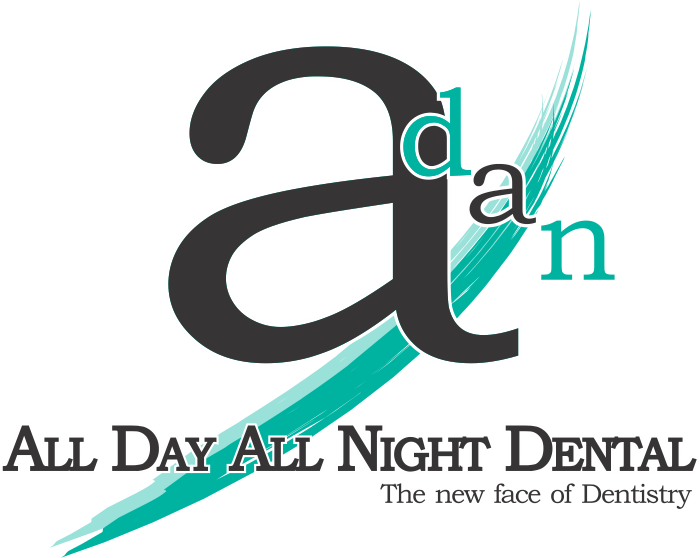Orthodontics for Teens
Braces are most commonly placed between the ages of 12 and 15. Also known as fixed orthodontic appliances, braces are usually worn for 24 months and in that time can correct most dental malocclusions. Adolescents are in the unique position of having all their permanent teeth and a still-growing jaw, making them the ideal candidates for orthodontic treatment.
We start seeing children from a young age to check for problems that may get worse with time, such as overcrowding. We stay in touch through regular follow-up appointments.

How does orthodontics work?
You usually think about your jaw as being solid like a rock, but when you are growing your jaw is really more like clay. If you apply pressure to your jaw, you can get your jaw to stretch. If you pull your jaw apart, your jaw will get wider. If you push your jaw back, your jaw will slowly move back. Your jaw does not actually stretch. Instead, when you pull on your jaw, your jaw grows in the direction you are pulling. Still, the important thing is that when your braces pull on your jaw, the braces change the shape of your jaw.
In the same way, if you push on your teeth, your teeth will move around in your mouth.
The orthodontic practitioner pushes your jaw to stretch your mouth so all your teeth fit. He then pushes on your teeth so they are all in the proper places. If your top jaw is too small, your orthodontist can install a special gadget called a “palatal expander” to get your jaw to grow wider. If your teeth stick out, your orthodontic practitioner can install another gadget called a “facebow” to push your back teeth back. In that way, your orthodontist is able to move around individual teeth and expand your jaw so that all of your teeth fit correctly in your mouth.

Why should your teen get Braces?
It is hard to believe when you are going through it, but braces will improve your smile and make you look excellent.
Your smile is the most striking part of your face. Look in the mirror. Do you like your smile now. Well, the orthodontic practitioner will make your smile look fabulous. You will end up looking great. Think about how looking great will improve your social life.
You will be able to chew your food better.
Chewing is the first step in digestion. If your teeth are not straight, you will not be able to chew your food correctly so partially unchewed food will go down to your stomach. That can give you an upset stomach.
You will avoid dental problems.
If you do not get orthodontic treatment when you need it you will have problems with your teeth for years to come; your teeth will be hard to clean. Your gums will hurt. Your teeth will wear in ways that the should not. The effects are significant enough that many adults are now going back to the orthodontist for braces.
You may avoid developing a breathing problem.
As you get older the roof your mouth can sometimes partially block the air passages in your nose. That makes you snore loudly, and may contribute to a condition called “sleep apnea”. If you get braces you can avoid this possibility.
Why Choose Us?
Only your dentist or orthodontist can determine whether you can benefit from orthodontics. Based on diagnostic tools that include a full medical and dental health history, a clinical exam, plaster models of your teeth, and special X-rays and photographs, an orthodontist or dentist can decide whether orthodontics are recommended, and develop a treatment plan that’s right for you.
The benefits of orthodontic treatment include a healthier mouth, a more pleasing appearance, and teeth that are more likely to last a lifetime.
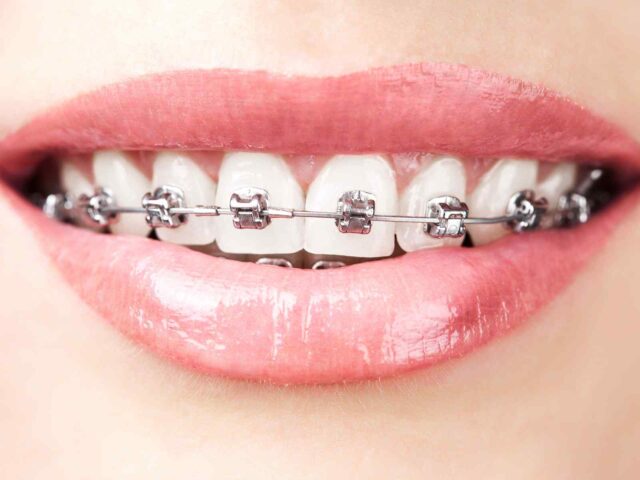
Home whitening gel usually needs to be applied daily for two to three weeks. Over-the-counter kits also are widely available for home use. They provide trays to hold the gel, or whitening strips that stick to your teeth. Talk to your dentist if you want to use these home products. Be sure to follow directions to avoid overuse and possible damage to your teeth and mouth.
All Day All Night Dental Services
Get In Touch With Us
Mascot: (02) 9317 2222
Book An Appointment
Book a visit to All Day All Night Dental, simply fill out the form below and we will contact you back regarding the dental service you require.
More ADAN Dental Services
All Day All Night Dental is The New Face of Dentistry both Today and tomorrow, priding itself on being easily accessible, always helpful, caring and genuine. Our Focus is on quality and thoroughness in both Preventative and Restorative Dentistry.
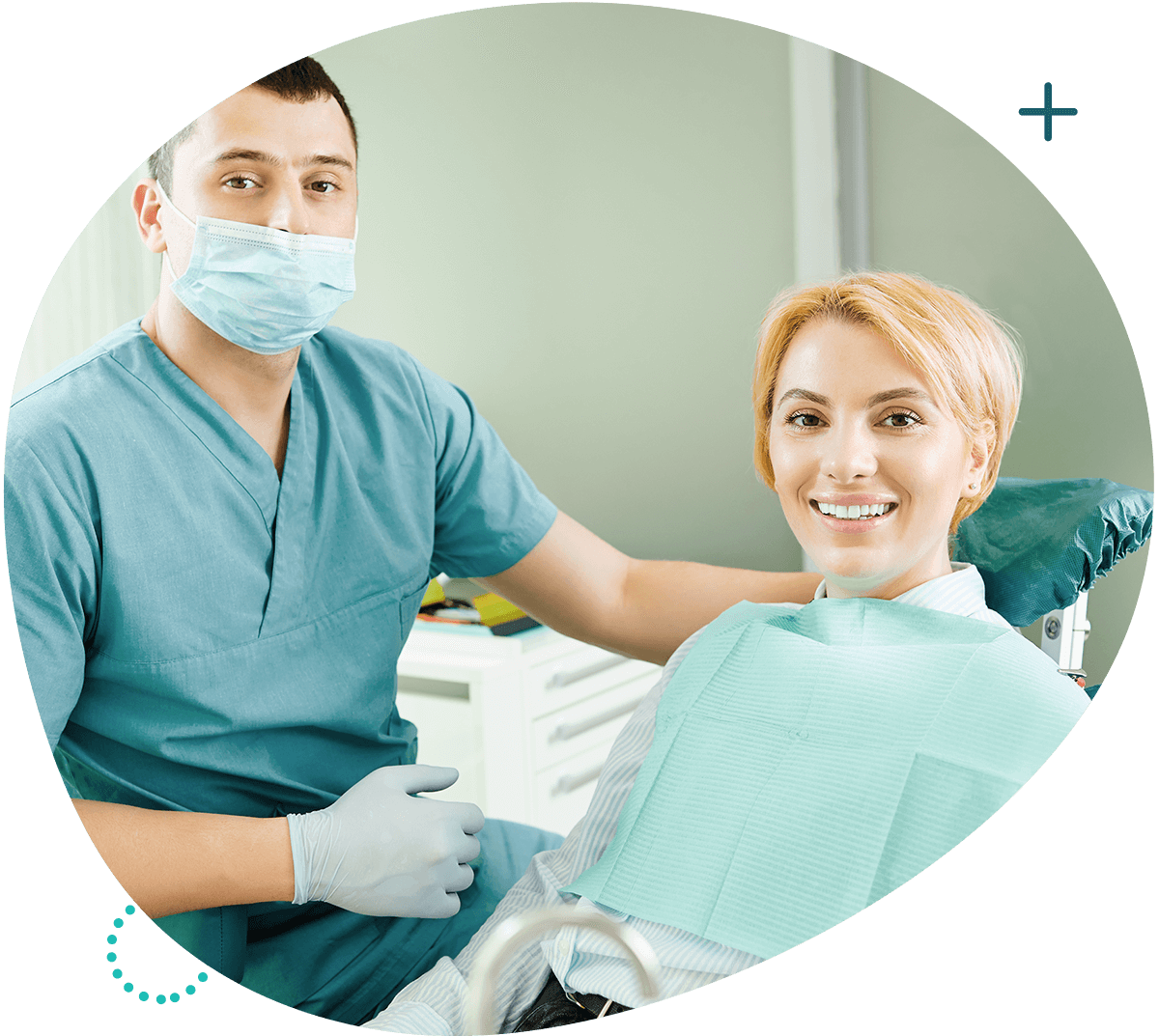
General Dentistry
Going to the dentist regularly helps in several ways. For a start, you get to know the dentist, the staff and the routine. But, most importantly, you catch problems early when they are simple and easy to treat.
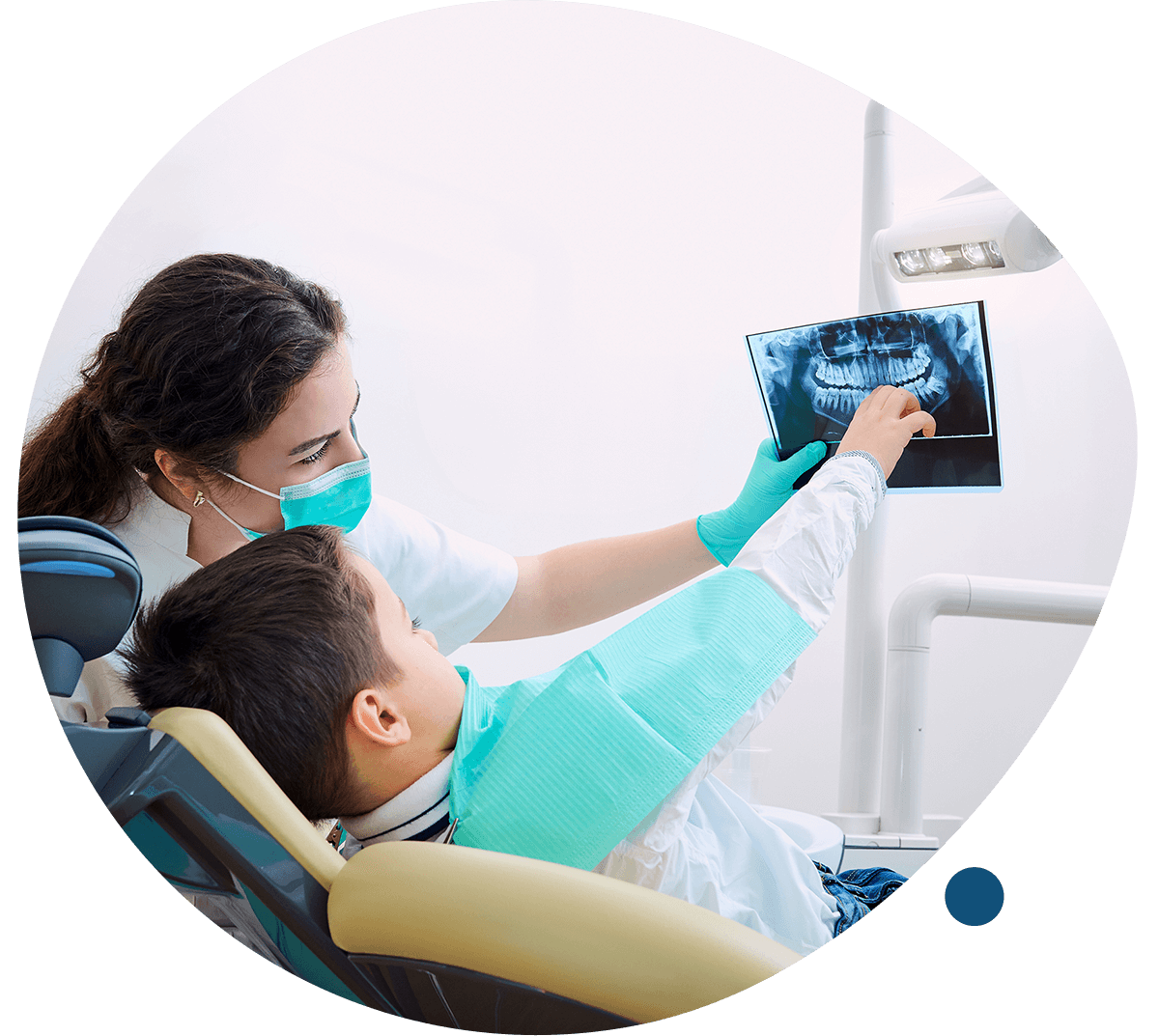
Emergency Dentistry
Today, dentists have many options for dealing with dental emergencies. Now you can benefit from advances in pain management and techniques to restore teeth. Teeth can be repaired with synthetic materials that are strong and look as good as your natural teeth.
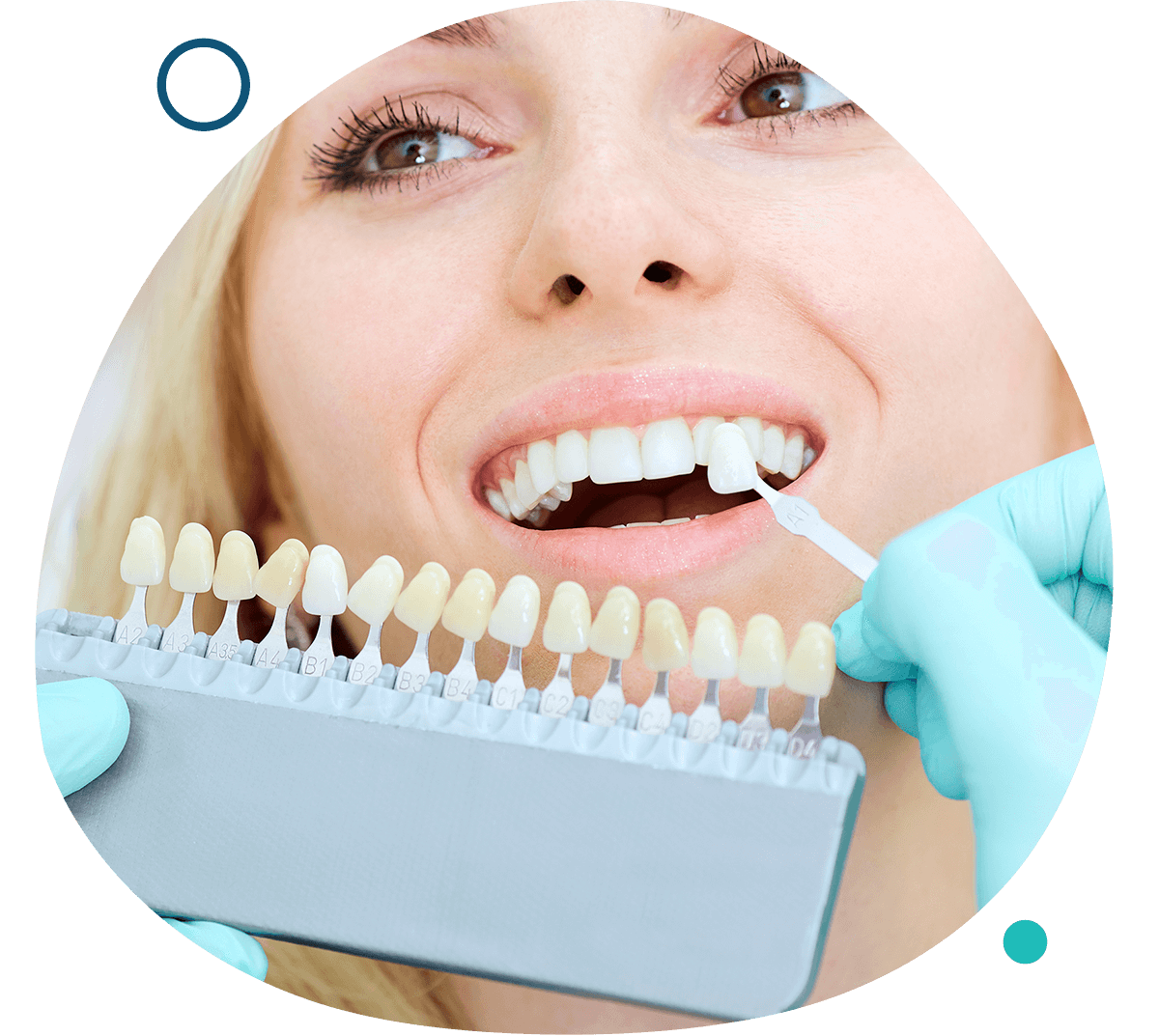
Cosmetic Dentistry
A smile can be the most eye-catching feature of a face. With dentistry’s many advances, you no longer have to settle for stained, chipped, or misshapen teeth. You now have choices that can help you smile with confidence.
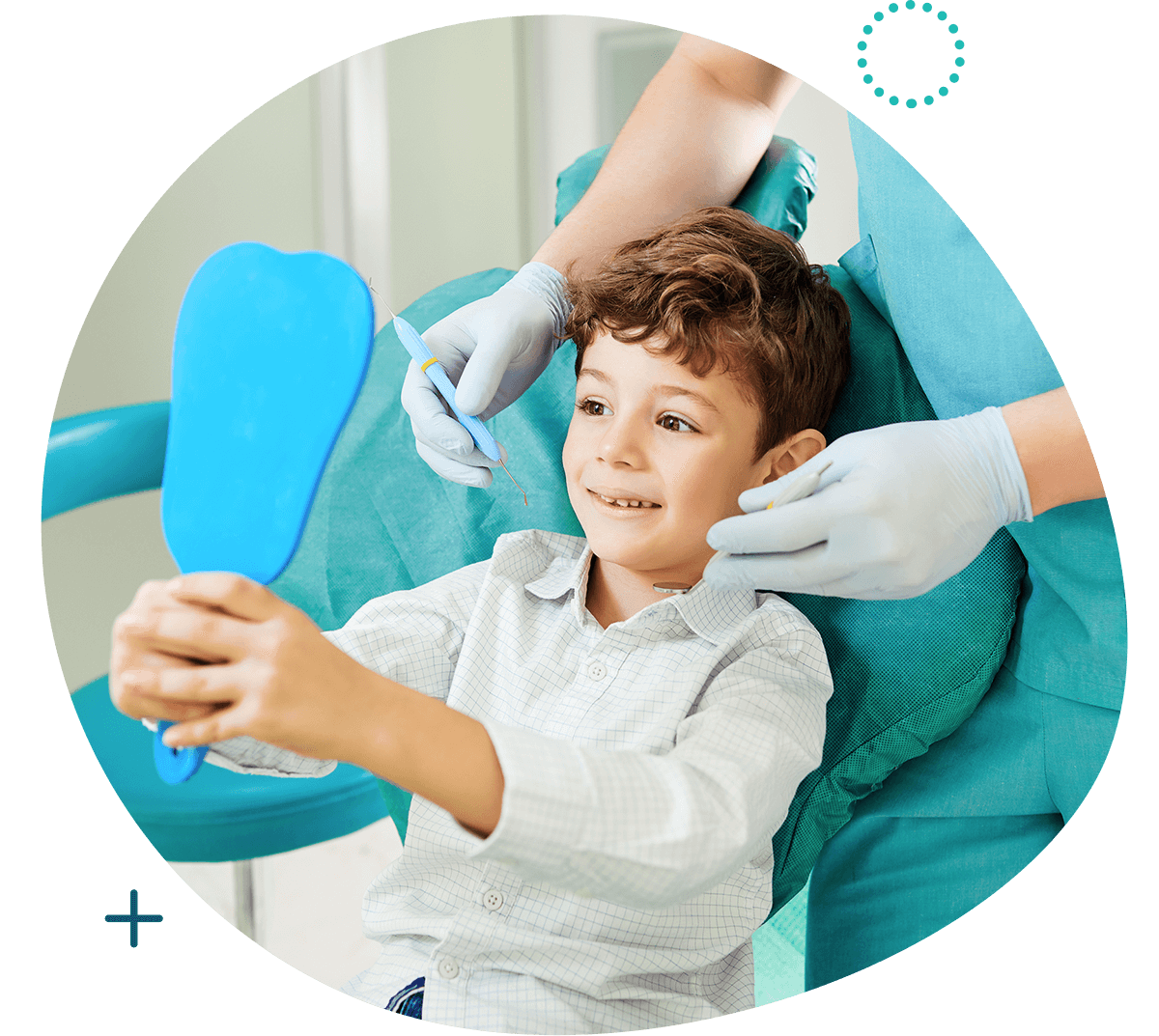
Pediatric Dentistry
Children should visit a dentist for the first time within 6 months of the eruption of the first primary tooth, and no later than age 12 months. The goals of the visit are to assess risk for tooth decay and provide anticipatory guidance.
